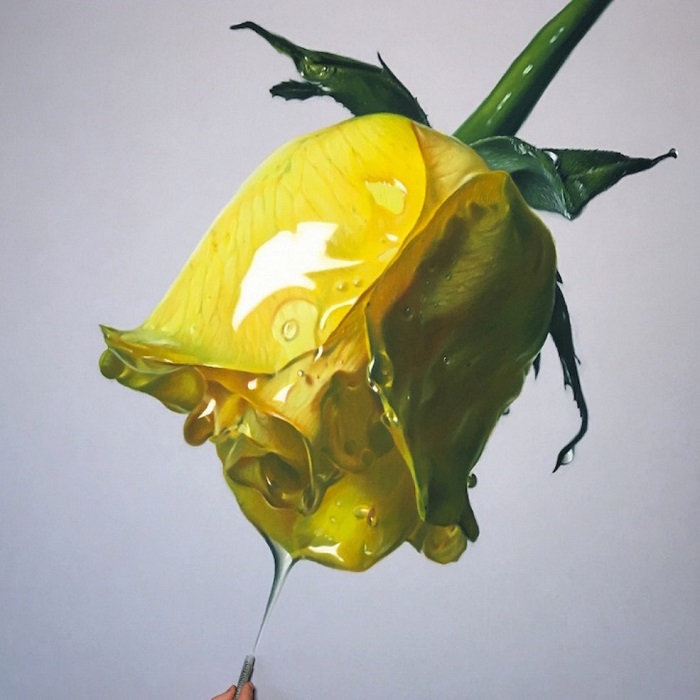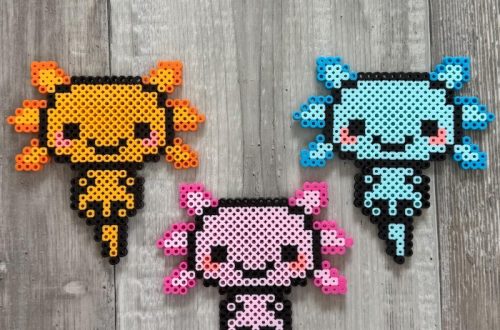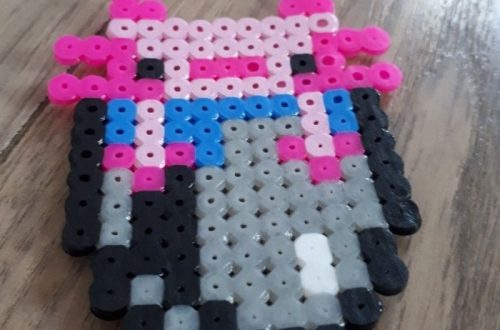Oil pastels, with their vibrant colors and smooth texture, are an ideal medium for capturing the captivating beauty of flowers. Unlike other drawing materials, oil pastels allow for layering, blending, and a touch of impasto (applying thick paint for texture), offering endless possibilities for creating stunning floral art. This guide delves into a range of oil pastel flower drawing techniques, empowering you to transform blank paper into a blooming masterpiece.
Part 1: Layering for Depth and Dimension
Building the Base:
To embark on creating a vibrant and captivating oil pastel flower drawing, begin by establishing a solid foundation for the flower petals. Apply a base layer of color using light pressure, ensuring that subsequent layers have a stable surface to adhere to. This foundational step provides a stable groundwork for the gradual buildup of color and texture. Embrace the opportunity to experiment with various shades within your chosen color palette, as this can effectively impart a sense of depth and visual interest to your artwork even at the initial stage.
For instance, when depicting a red rose, consider using a light pink hue as the base layer. Delicately layer hints of a deeper red around the edges to infuse the petals with subtle shading and dimension. By incorporating this approach, you can introduce an impression of richness and complexity to your oil pastel flower drawing. It sets the stage for the gradual development of the intricate and captivating details that bring your floral composition to life.

Building Up the Bloom:
With the foundational base layer established, it’s time to enrich and enliven your oil pastel flower drawing by layering additional depth and vibrancy onto the petals. Apply these subsequent layers with slightly more pressure. This allows the colors to meld and blend seamlessly on the paper, thereby enhancing the richness and intensity of the hues.
Embrace the opportunity to layer different shades within your chosen color palette. Work with various tones to create gradients and add a convincing sense of depth to your floral subject. This method of layering and blending enables the creation of complex and visually engaging portrayals, enhancing the naturalistic qualities of your flower drawing.
Furthermore, do not hesitate to explore unexpected and inventive color combinations. This can be a means of infusing your artwork with intrigue and artistic expression. For instance, experimenting with a vibrant purple shade alongside the traditional red of a rose can result in a captivating and unconventional visual narrative, elevating the overall impact of your oil pastel flower drawing. By embracing a sense of playfulness and creativity in your color choices, you can imbue your artwork with a touch of originality and visual interest. This sets the stage for the creation of a truly captivating and dynamic floral composition.
Part 2: Blending for Seamless Transitions
Finger Blending:
One of the delightful aspects of working with oil pastels is their remarkable blending capability. This allows for the creation of seamlessly blended colors and gradients. Embrace the tactile nature of oil pastels by using your fingers to gently blend the layers of color you have applied. This technique enables you to achieve smooth transitions between various shades. It facilitates a harmonious and natural flow of colors throughout your artwork. When blending, it is advisable to start with lighter tones. Then, progressively work towards darker hues. This ensures a gradual and flawless transition of color.
If you seek more delicate and precise blending, consider utilizing a blending stump. This tool features a soft, pointed tip that provides precise control. It can be particularly effective for refining details and achieving subtle gradations in your oil pastel drawings. Embracing these blending techniques allows you to unleash the full potential of oil pastels. It results in artwork with stunning, seamless color transitions and captivating depth.

Solvent Blending:
Solvent blending offers another exciting avenue for creating smooth transitions and achieving a more “painterly” effect. Apply a small amount of solvent (such as mineral spirits) to your drawing with a brush. This will slightly loosen the oil pastel, allowing you to blend the colors more dramatically than with fingers alone. However, be cautious with solvent blending, as too much can cause the colors to bleed or become muddy. Practice this technique on a scrap piece of paper first to get a feel for it.
Part 3: Capturing Details and Texture
Adding Highlights and Lowlights:
With the foundation of your base colors in place and expertly blended, the next stage in perfecting your oil pastel flower drawing involves the refinement of details to bring the floral subject to life. Take a lighter shade from your chosen color palette. Carefully add highlights on the petals. Focus on capturing the areas where natural light would naturally fall and illuminate the delicate features of the flower. This technique will contribute to the creation of a realistic and dynamic portrayal of light and shadow. It enhances the visual appeal of the petals and infuses them with a sense of luminosity.
Conversely, incorporate a darker shade from the palette to introduce lowlights within the crevices and folds of the petals. This method adds depth and dimension to your artwork, creating a nuanced visual effect that evokes three-dimensional realism. By skillfully integrating these light and dark components, you can achieve a sense of depth and realism within your oil pastel flower drawing, infusing your composition with a captivating and lifelike quality that resonates with viewers and effectively captures the intricate details and beauty of the floral subject.
Accentuating Stamens and Pistils:
Incorporating the stamen and pistil, which are the male and female reproductive organs of a flower, into your oil pastel drawings can add an exquisite touch of realistic detail. To make these elements stand out, consider using contrasting colors. For instance, bright yellow stamens can beautifully contrast against the deep red petals of a rose. Experimenting with different techniques and tools can enhance the texture and visual appeal of these integral parts of the flower. You could use the tip of a sharpened white oil pastel to delicately create the stamen threads, adding intricate and fine detailing to your artwork.

Additionally, using a cotton swab dipped in black solvent can be an effective method for adding dark, textured pistils, providing depth and dimension to the reproductive organs of the flower. By paying attention to these intricate details, you can elevate the naturalistic beauty of your oil pastel flower drawings, capturing the intricacies and nuances of floral anatomy with artistic finesse and creativity.
Part 4: Beyond the Bloom – Complementary Elements
Stems and Leaves:
When drawing a flower with oil pastels, it’s important to pay attention not only to the bloom but also to the stem and leaves. Include a range of greens to depict lifelike foliage, applying layering and blending techniques to add dimension to your artwork. To infuse the leaves with realistic texture, consider using nuanced strokes of darker greens or even black to mimic the natural veining and imperfections found in nature. Similarly, for the stems, opt for a light brown or a subtle green, choosing the hue based on the specific type of flower being depicted. By giving equal consideration to the entire plant, not just the blossom, you can create a comprehensive and truly captivating floral composition with oil pastels.
Background Harmony:
The background of your floral drawing plays a crucial role in setting the mood and drawing focus to the flower itself. Use soft, muted colors to create a sense of depth without overpowering the vibrant flower. Experiment with washes of color or soft blending to create a harmonious backdrop. Alternatively, you can leave areas of white space to allow the flower to truly shine.
With a little practice and these techniques as your guide, you can transform simple oil pastels into a vibrant celebration of floral beauty. Remember, art is a journey of exploration and experimentation. Don’t be afraid to loosen up, embrace the unexpected color combinations, and let your creativity bloom!





